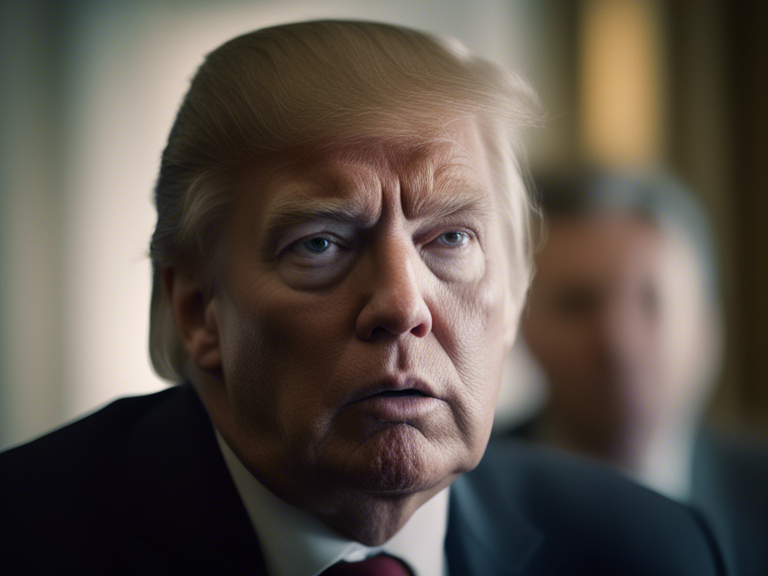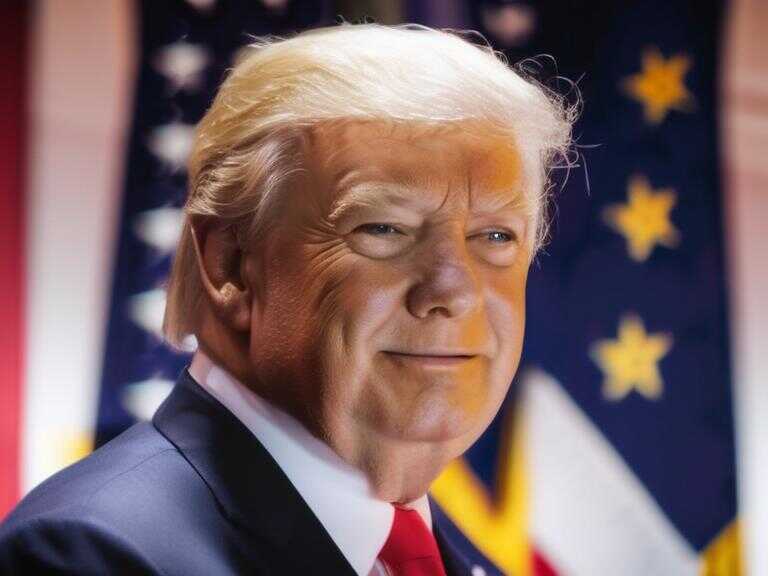
India's Youth Unemployment Crisis Takes Center Stage in General Elections
India's high youth unemployment, worsened by demonetization, is a major concern in the upcoming elections, with joblessness affecting voters' decisions.

India is currently preparing for the upcoming second phase of its general elections, and one of the prominent issues that has taken center stage is the growing concern over unemployment. Opposition leader Rahul Gandhi has accused Prime Minister Narendra Modi and the ruling BJP of exacerbating the country's unemployment crisis, stating that India has become "a center of unemployment."
Statistics reveal that unemployment is particularly rampant among India's youth, with individuals aged 15 to 29 accounting for a staggering 83% of the total unemployed population in the country. The "India Employment Report 2024," jointly published by the International Labour Organisation (ILO) and the Institute of Human Development (IHD), shed light on this concerning trend last month.
Impact of Demonetization
Rahul Gandhi, addressing a rally in the eastern state of Bihar, lambasted Modi for exacerbating the unemployment crisis through measures such as demonetization and an allegedly flawed Goods and Services Tax regime. The demonetization move, announced by Modi in 2016 during his first term, involved the invalidation of 500- and 1,000-rupee notes. While aimed at combating black money, the move was criticized as "monumental mismanagement" by Modi's predecessor, Manmohan Singh.
India's unorganized sector, consisting of millions of small privately owned businesses, which forms about 93% of the country's workforce, has yet to fully recover from the repercussions of demonetization. Economist and former professor Arun Kumar attributed demonetization as one of the primary causes of the high unemployment rates in the country.
Political Opposition
The findings of the ILO-IHD report have been seized upon by the opposition to target the ruling Bharatiya Janata Party (BJP) on the pressing issue of unemployment. The president of the Indian National Congress, the main opposition party, has described the country's joblessness situation as a "ticking bomb."
Voter sentiment reflects a deep concern over unemployment, as evidenced by a recent survey conducted by the Centre for the Study of Developing Societies and Lokniti, which highlighted joblessness as the primary concern among Indian voters. A significant 32% of the respondents cited escalating unemployment as the chief reason for not re-electing the BJP. Moreover, 62% of those surveyed noted that securing employment had become increasingly challenging over the past five years.
Notably, the survey also indicated that 44% of the respondents were willing to give the Modi government another chance, as opposed to 39% who were not in favor of re-electing the incumbent government.
Challenges and Concerns
The shift from the unorganized sector to the organized sector, along with the transition from labor-intensive industries to capital-intensive sectors, has contributed to a decline in India's capacity for job creation. Former Reserve Bank of India governor Raghuram Rajan highlighted the decrease in employment within labor-intensive sectors, emphasizing the need to address the issue of disguised unemployment, particularly among women.
Manufacturing Sector and Job Creation
The manufacturing push in India, while instrumental in economic growth, has not been fully effective in addressing the country's job scenario due to limited value-addition and increasing mechanization. This is particularly evident in sectors such as the mobile phone industry, where value addition remains low, resulting in a disproportionate level of job creation. Furthermore, the manufacturing sector has witnessed a shift towards capital-intensive processes, leading to a decrease in the number of workers employed, particularly in comparison to the 1990s.
The Indian government has introduced production-linked incentive schemes aimed at revitalizing the manufacturing sector. With an outlay of 1.97 trillion rupees (approximately $24 billion) over five years starting from 2021-22, these schemes are projected to potentially create 6 million new jobs. Despite the headline numbers on youth unemployment, the report also reveals encouraging trends, such as the decline in overall unemployment from 4.2% in 2021 to 3.1% in 2023, as per government data.
Former IMF executive director and economic advisor Surjit Bhalla cautioned against viewing the issue of unemployment solely through a political lens, emphasizing that it is imperative to consider the wider economic context. While unemployment remains a significant concern for voters and a central point of contention for opposition parties, various surveys indicate a strong likelihood of Modi securing another term with a robust mandate.
If Modi does indeed secure a third term in office, he will join Jawaharlal Nehru as the second prime minister to achieve this milestone in India's history. As the country stands at a critical juncture, grappling with the challenges of unemployment and economic transformation, the upcoming elections will undoubtedly shape India's trajectory in the years to come.
Share news















